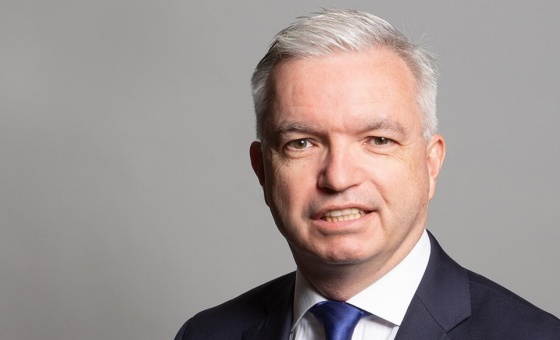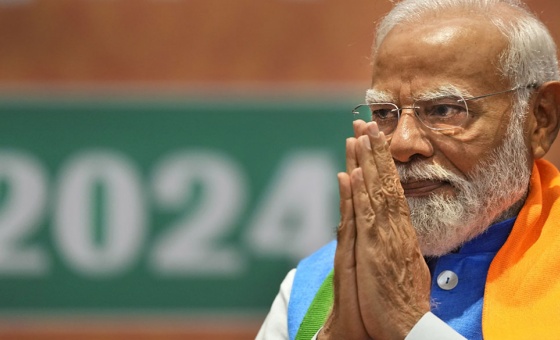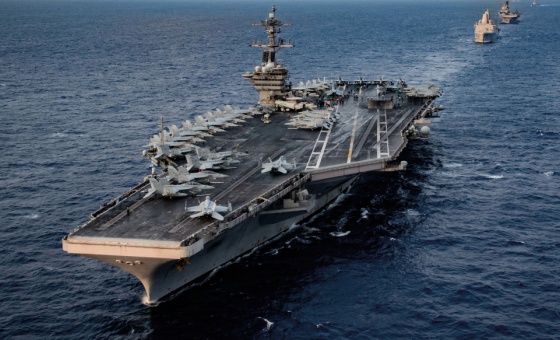This is the last article you can read this month
You can read more article this month
You can read more articles this month
Sorry your limit is up for this month
Reset on:
Please help support the Morning Star by subscribing here
Stolen Planks From Under The Bourgeois Phalanx
Lanchester Gallery Projects, Coventry
The life and work of Clifford Rowe (1904-1988) exemplifies the dilemmas of production, patronage and critical reception faced by socialist artists working in a capitalist society.
How to communicate a socialist world view and reach a wide audience in a society whose powerful arbiters of taste are dominated by a bourgeoisie inherently opposed to socialism?
How to pay the rent if such works rarely sell and are mostly shunned by public institutions?
How to reconcile a Marxist commitment to self-effacing collectivism with the egoistic self-promotion demanded by the individualistic art world?
All these dilemmas faced Rowe during his life. Born in Wimbledon to working-class parents in 1904, he left school aged 14 but rather than going straight to work he got into the local art school.
At 19 he was already earning a living as a commercial illustrator while painting in his spare time. Politicisation came early. At a time of the 1920s hunger marches, followed by the Wall Street crash, he was soon convinced by Marxist logic and became a communist.
For his generation, struggling to survive during the Great Depression, the young USSR was a beacon of hope.
Rowe set off there in 1930 where he was impressed by the worker state's generous support for art and artists and where he found plentiful and well-paid work. He stayed 18 months, saying he only returned home "because I realised that they did not really need me. The class struggle was really going on back in England."
Inspired by Soviet cultural policies and the US John Reed Clubs, he initiated the creation of the Artists International in 1933, a Marxist group devoted to using art as a weapon for social and political change.
In line with Popular Front ideas, it soon changed its name to the Artists International Association (AIA) and tempered its aims to widen its appeal to non-Marxists. Yet until cold war liberals forced it to drop its political clause in 1953, the AIA continued with progressive calls for social justice, peace, anti-fascism and anti-imperialism.
To this end it produced numerous posters, banners, pamphlets, cheaply available prints, floats and placards for demonstrations and organised lectures and exhibitions to bring art to the masses.
This principled, socially responsible attitude to the content and function of art informed Rowe's lifelong work.
He soon concluded that supporting himself via commercial art was less corrupting than painting for the art market since commercial illustrations are ephemeral whereas "fine art" paintings become exchangeable investments in a speculative art market. He did exhibit in group exhibitions but refused to join the commercial gallery system.
Yet the urge to paint never left him. Adhering to socialist realist calls for truthful and optimistic portrayals of contemporary life, Rowe focused on workplace realities.
Avoiding the sentimentalisation and idealisation which marred many Western and Soviet depictions of this topic, Rowe's paintings show the interdependency between workers, machines and tools.
We see calm women and men in control of the skills and processes upon which industry relies. Neither inanely grinning super-heroes nor downtrodden wretches, Rowe's workers quietly get on with the work in hand. The message is clear. Without their labour, these factories, foundries, laundries and building sites would not function.
After some hesitant starts Rowe resolved the conflicting desire to work in an accessible style while being true to his times by absorbing modernist simplifications into clearly legible imagery.
With assured draughtsmanship, he eliminated fussy detail and selected the essential outlines of complex machinery and human anatomy and physiognomy. Bold, flat areas of colour are encased in clear, black or white lines to form decorative designs.
Carefully observed postures, gestures and movements convey the specific demands of each job be they laundry workers' outstretched arms, textile workers' agile fingers or scaffolders' balletic knee-bends. Often featuring repetitive lines and forms, Rowe's compositions echo the rhythmic and repetitive nature of factory production.
Because Rowe avoided the mainstream, much of his work is in museum storage. But his paintings deserve to be seen so it is heartening to find a curator enthusiastic and brave enough to promote his works and ideas.
Sadie Kerr, who runs the radical and non-commercial Lanchester Gallery Projects, singled out Rowe because she was impressed by his unsentimental and straightforward view of workers' lives, his sincere and non-egoistical attitude to art and his critique of capitalist art systems.
About 15 of Rowe's paintings are intelligently selected and imaginatively displayed in this exhibition. Finding an echo of Rowe's attitudes in those of the recently deceased David Bainbridge, Kerr has included stacks of free prints of both their works and added a video installation of a full reading of Bertram Russell's 1938 book Power: A New Social Analysis. Some may find the latter distracts but overall this is an excellent exhibition, truly in the spirit of the AIA.
Runs until October 20 at Lanchester Gallery Projects, Coventry University, Graham Sutherland Building, Gosford Street, Coventry. Opening times: (024) 7688-8248.









